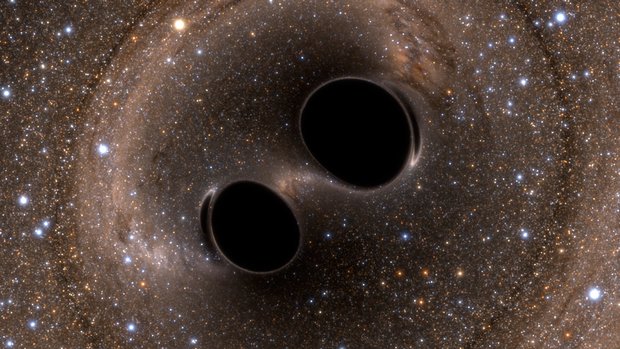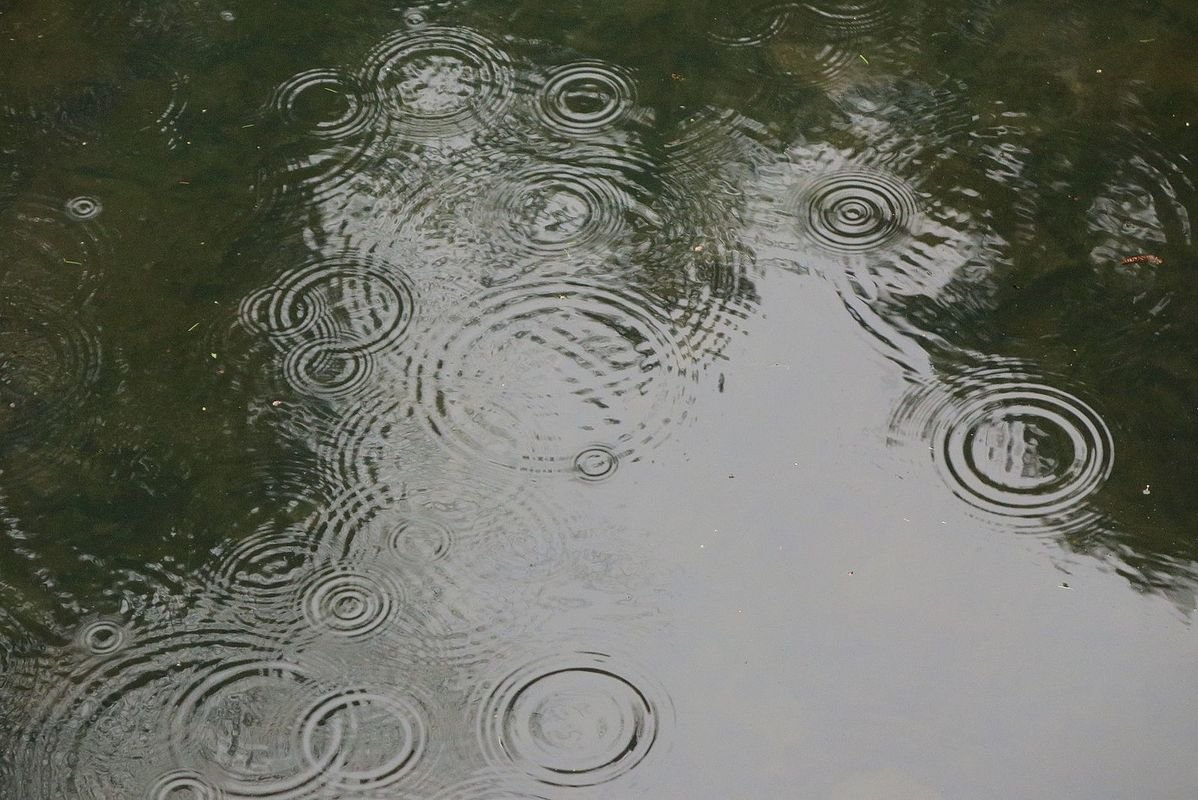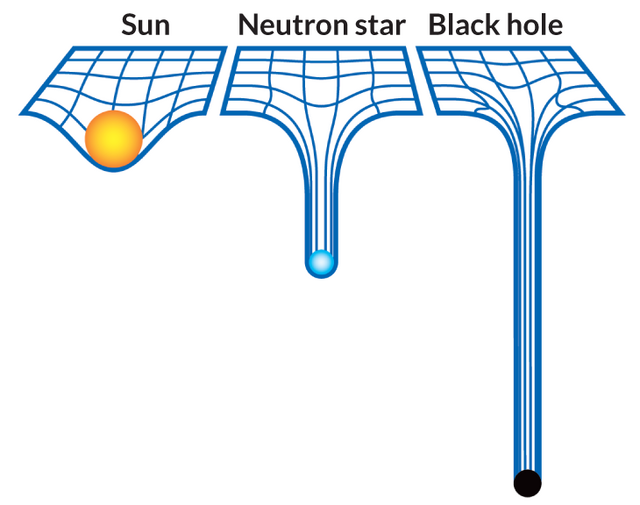As the entire Steem planet probably knows it today, SteemSTEM and Utopian.io are currently organizing their future joint meetup at Virgo Labs, close to Florence and Pisa in Italy. For more information, please do not hesitate to visit our @fundition campaign aiming to cover the costs of this enormous event (see here).

[image credits: The SXS Project (CC BY-SA 4.0)]
During the meetup, both communities will pay a visit to Virgo Labs, one of the three places in the world currently hunting for gravitational waves.
But what are those waves that everybody (at least in the particle physics, cosmology and astrophysics communities) speaks about? And how can we detect them in practice?
To answer those questions and in order to allow the meetup participants to be well prepared to what they will see, I will start releasing some relevant material. Through a short series of posts, I will hence explain with all glory details the basics underlying the physics that we are after, and the Virgo experiment that we will visit.
With this post, I start by defining gravitational waves and how they can be formed.
WAVES
Before even discussing what a gravitational wave is, let us first focus on what a wave is in full generality.
We begin with considering a local disturbance of a system from a state of equilibrium, i.e. when all potential effects on the system compensate each other so that nothing moves, heat is not transferred, etc.
One says that we are in the presence of a wave when the disturbance propagates from its source in all directions, with time passing, without implying any global motion of the constituents of the system.

[image credits: Patrick Nordmann (CC BY-SA 4.0)]
A wave does therefore not transport matter but solely energy (as the constituents of the system are still).
Instead of getting further into a complex definition, let us take instead the image on the right where waves are created on a water surface by raindrops.
If we take a fixed point in space, we may well lie, at a given moment, at the trough between two crests. However, the wave propagates from its source so that at a later moment, the same point may well be connected to a crest. A bi further in time, we could again lie at a trough, and so on. We have thus a time periodicity: a given point in space will see a sequence of crests and troughs with time passing.
Similarly, we can consider a straight line ranging from the center of the wave (the location at which an airdrop fell) in any given direction. Along the line and at a given moment, we will observe a sequence of peaks and troughs, with a space periodicity.
A wave is thus a phenomenon featuring both a spatial and time periodicity. The propagation of the wave in space could occur through matter (for instance in the case of sound waves or any mechanical wave) or through the vacuum (like for instance for electromagnetic or gravitational waves).
A FLAT SPACETIME BENT BY MASSES
In order to understand how gravitational waves are formed, it is good to first study general relativity a little bit, just to get information on the structure of space and time. We will then go back to waves.

[image credits: Ksshd (CC BY-SA 4.0)]
Let us start by imagining that our universe is made of a flat sheet of paper, and that any object lying in it (a star, a galaxy, a planet, etc.) consists in a marble of a given mass and density.
Different marbles connected to different classes of astrophysics objects (again stars, galaxies, planets, etc.) will then deform our sheet of paper, as illustrated on the picture on the left.
The picture also shows that heavier and more compact objects deform space more than lighter and less dense objects.
Because of these deformations, any motion is affected by this bending. In general relativity, the bending of space therefore implies the orbital motion of stars, planets and galaxies. The orbit of a planet is hence analogous to the motion of a marble on a curved surface: even if sent straight close to a massive object, the marble ends up orbiting in circles around the more massive object.
GRAVITATIONAL WAVES

[image credits: Charly W. Karl (CC BY-ND 2.0)]
To understand how gravitational waves are produced, we need to consider two massive objects orbiting around each other (although strictly speaking, this is not the only way to generate gravitational waves).
The two masses accelerate, and this acceleration causes changes in the distortion of space. This local disturbance is the phenomenon that generates gravitational waves. This is actually very similar to the electromagnetic waves generated by an accelerated electric charge.
Whilst any single pair of orbiting objects generates gravitational waves, the magnitude of the waves depends on the masses involved. Gravity is the weakest of all forces, and this weakness must be compensated by large masses.
To notice anything, one therefore needs a lot of mass localized in a small region of space. In short, one needs very massive and compact objects like black holes or neutron stars.
And even with those monsters rotating around each other, one ends up with the challenge of observing deviations of space of 0.0000000000000000001 meter. This is what LIGO and Virgo have achieved and why gravitational waves were the topic of the Nobel prize in physics in 2017. But this will be the topic of the next post of this series.
SUMMARY AND TAKE-HOME MESSAGE
With the up-coming SteemSTEM and Utopian.io meetup at Virgo Labs, I have started writing some documentation about the physics that is done in this laboratory.
In this post, I have tried to detail what is a gravitational wave and how it is produced, starting with the definition of a wave (a propagating phenomenon in space). I have then moved on with some general relativity, emphasizing how gravity is connected to the structure of our flat universe and I have finally detailed how accelerated masses generate gravitational waves.
However, accelerating monsters like black holes or neutron stars generate waves having an amplitude of 0.0000000000000000001 meter. In the next episode, I will explain how LIGO and Virgo have managed to observe such a tiny disturbance of space.
Please do not hesitate to ask questions!
STEEMSTEM
SteemSTEM is a community-driven project that now runs on Steem for almost 2 years. We seek to build a community of science lovers and to make Steem a better place for Science Technology Engineering and Mathematics (STEM). In particular, we are now actively working in developing a science communication platform on Steem.
More information can be found on the @steemstem blog, in our discord server and in our last project report.
